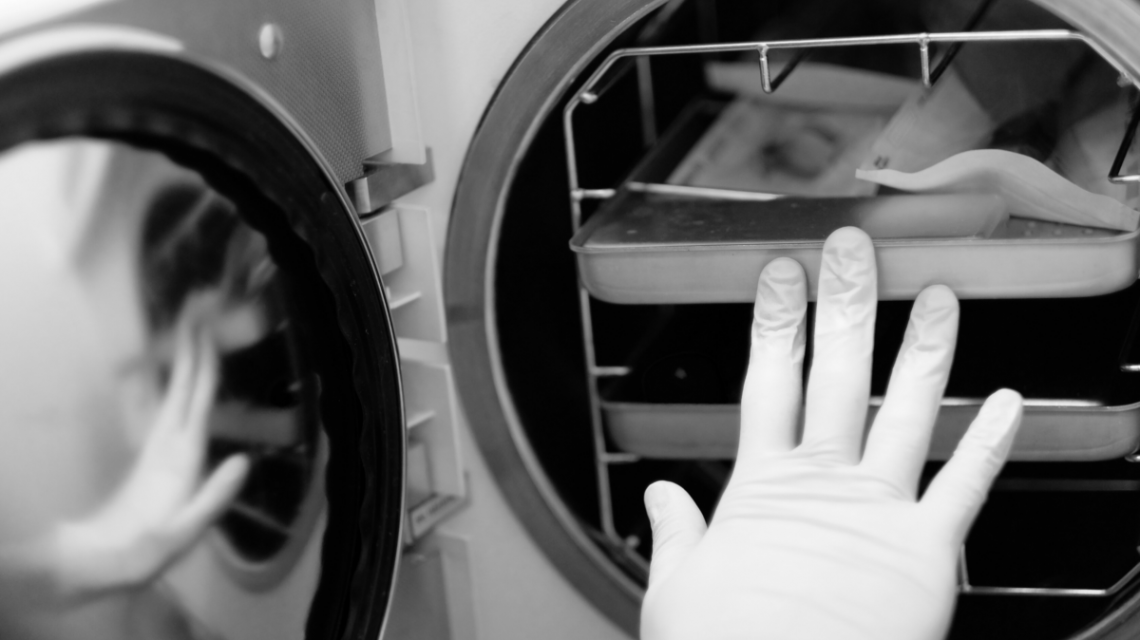In a dental office, ensuring that ALL instruments are sterilized is a key aspect of providing safety to all patients and staff at all times. In order to make sure that our sterilizer is effective and performing each and every time, we use a combination of three types of monitoring:
- Physical indicators
- Chemical indicators
- Biological indicators
Physical Indicators of Sterilization
Physical indicators measure such things as sterilization time, temperature, and pressure. Our sterilizer creates a printout, which tells us all this information and confirms that everything is working as it should each and every time we run the sterilization cycle.
Chemical Indicators
Chemical indicators are those that use chemicals which are sensitive to heat in order to assess sterilization performance. These indicators respond to changes in temperature, steam and processing time. We use multiple such indicators: autoclave tapes that change colour when sterilized, strips that are placed inside each and every sterilization bag or tray and examined to ensure and verify sterilized instruments, and individual tests (Bowie Dick) which are reliable verification tests for the critical sterilization parameters BEYOND that of other chemical indicators.
Biological Indicators
These are also known as spore tests, where highly resistant and living microorganisms (known as spores) are inside vials and processed through the sterilizer and checked to see if any spores survived. We know that the sterilizer is functioning properly when NONE of the spores survived the cycle.
In Addition
Additionally, we stamp each and every instrument bag and tray. The stamp shows the date it was sterilized, who sterilized it, the cycle number, and all this is recorded for every instrument used in the patient chart. So if you come into our office and hear us reading out the numbers on the packaged instrument trays, and recording these into your clinical notes, now you know what we are doing.
There is a lot more that goes into every minute detail of our sterilization process but now you can see just how much detail goes into ensuring everyone’s safety.

